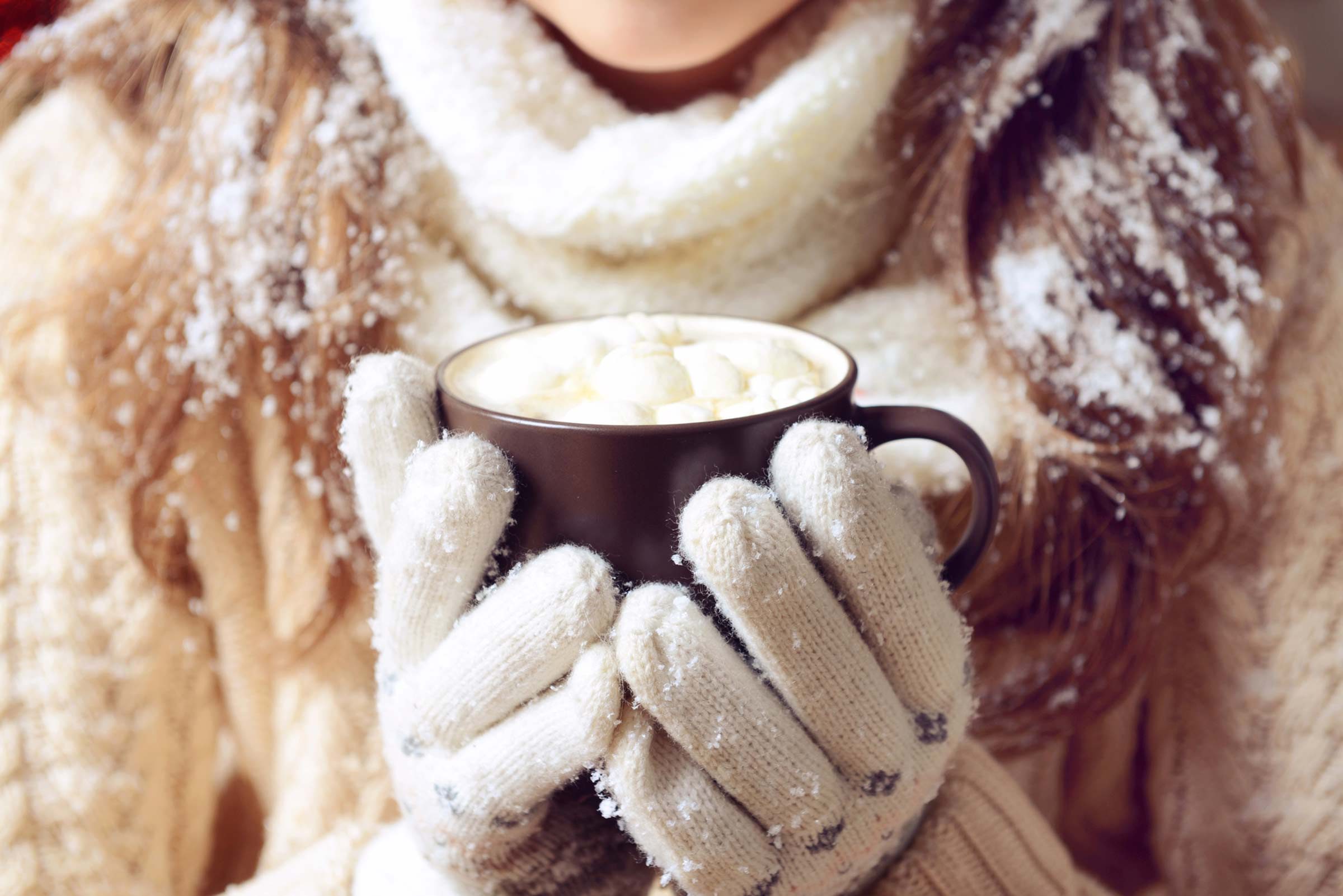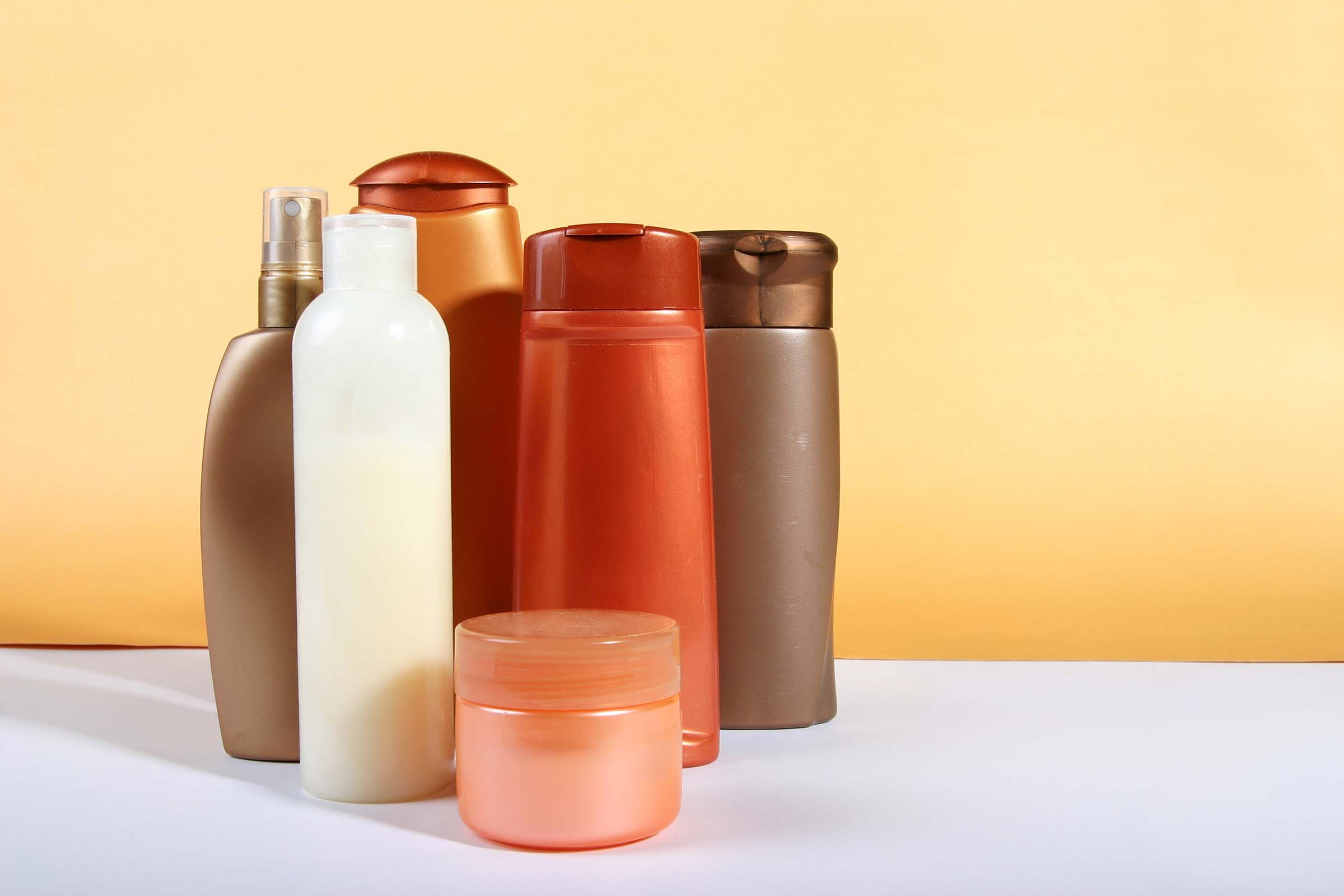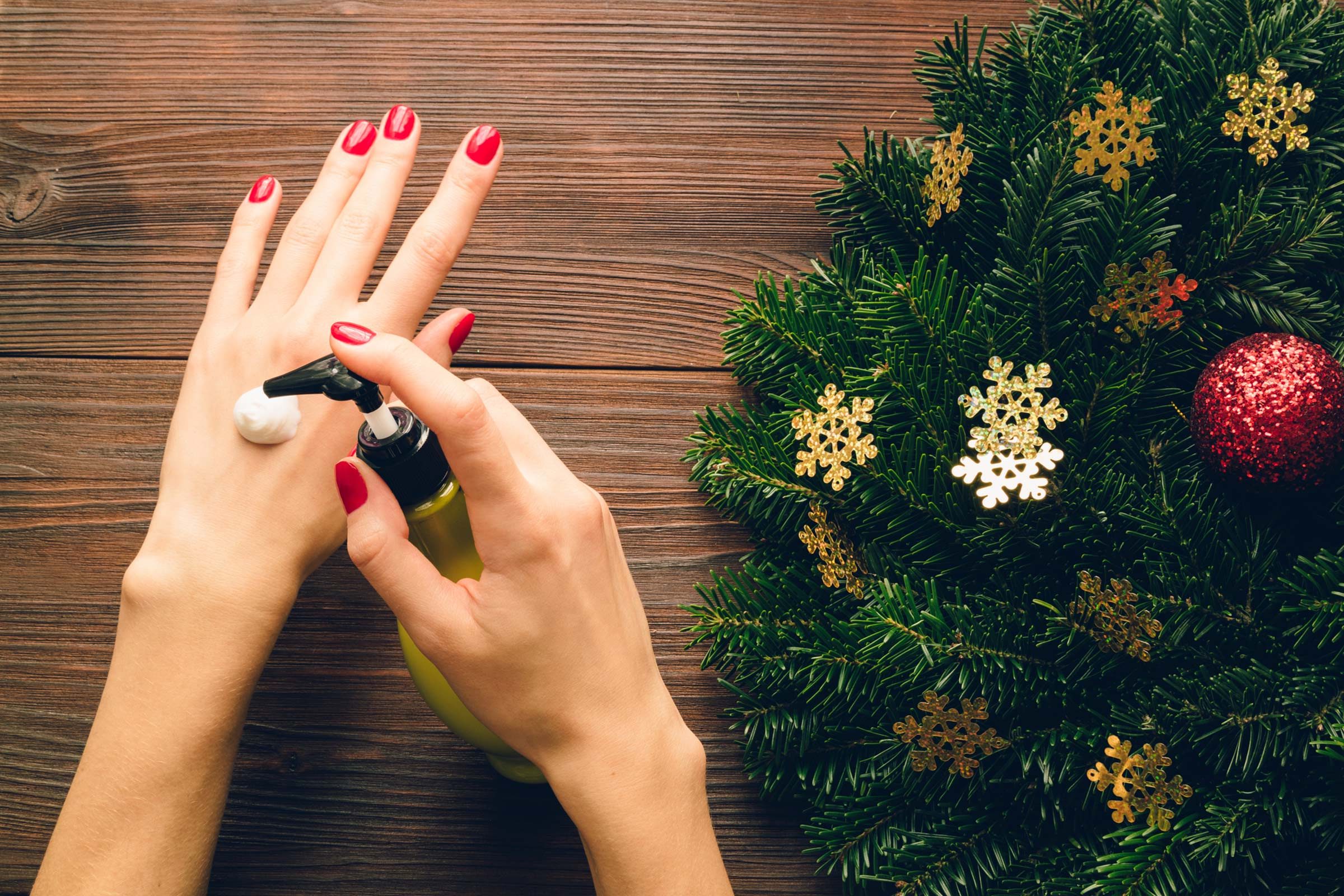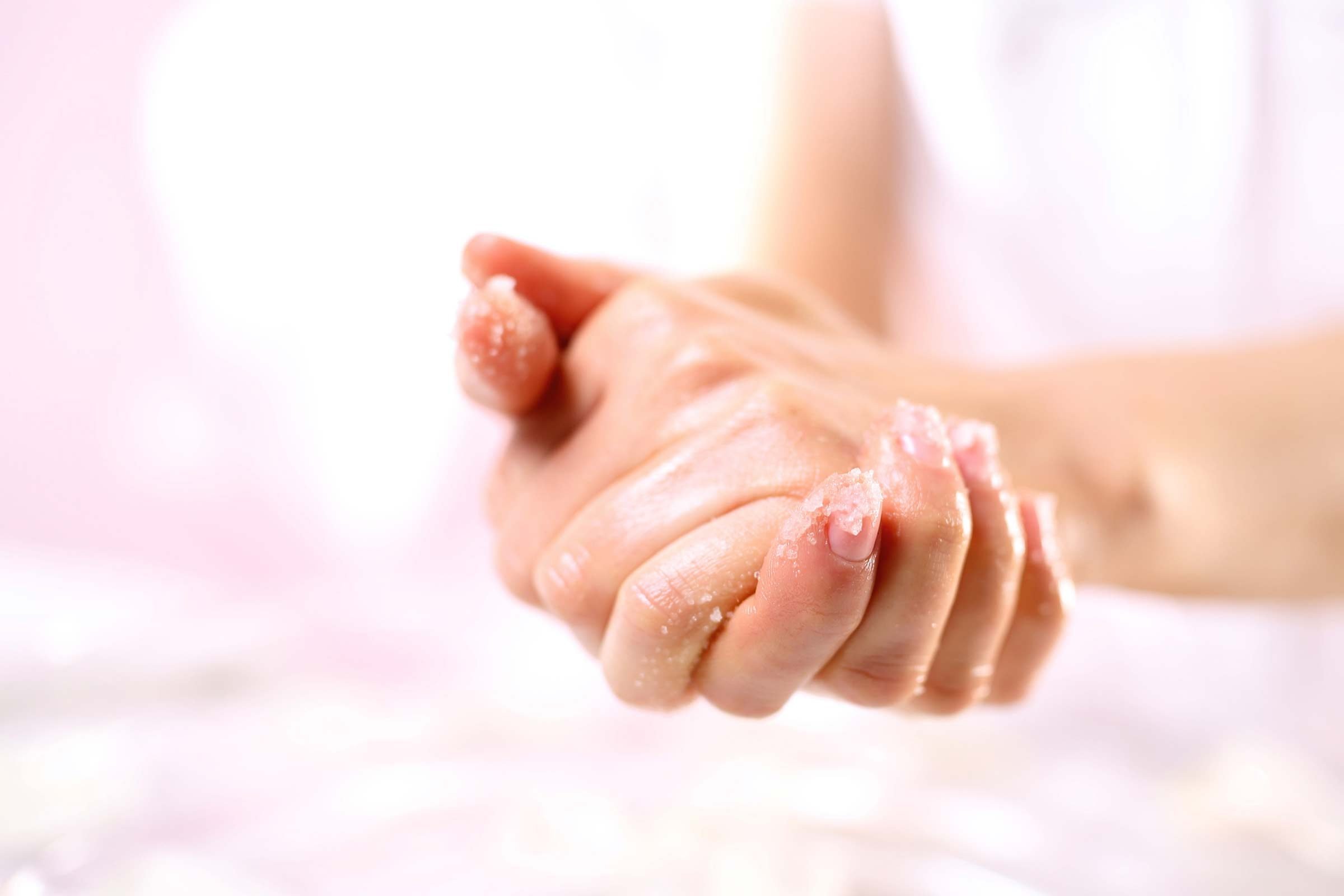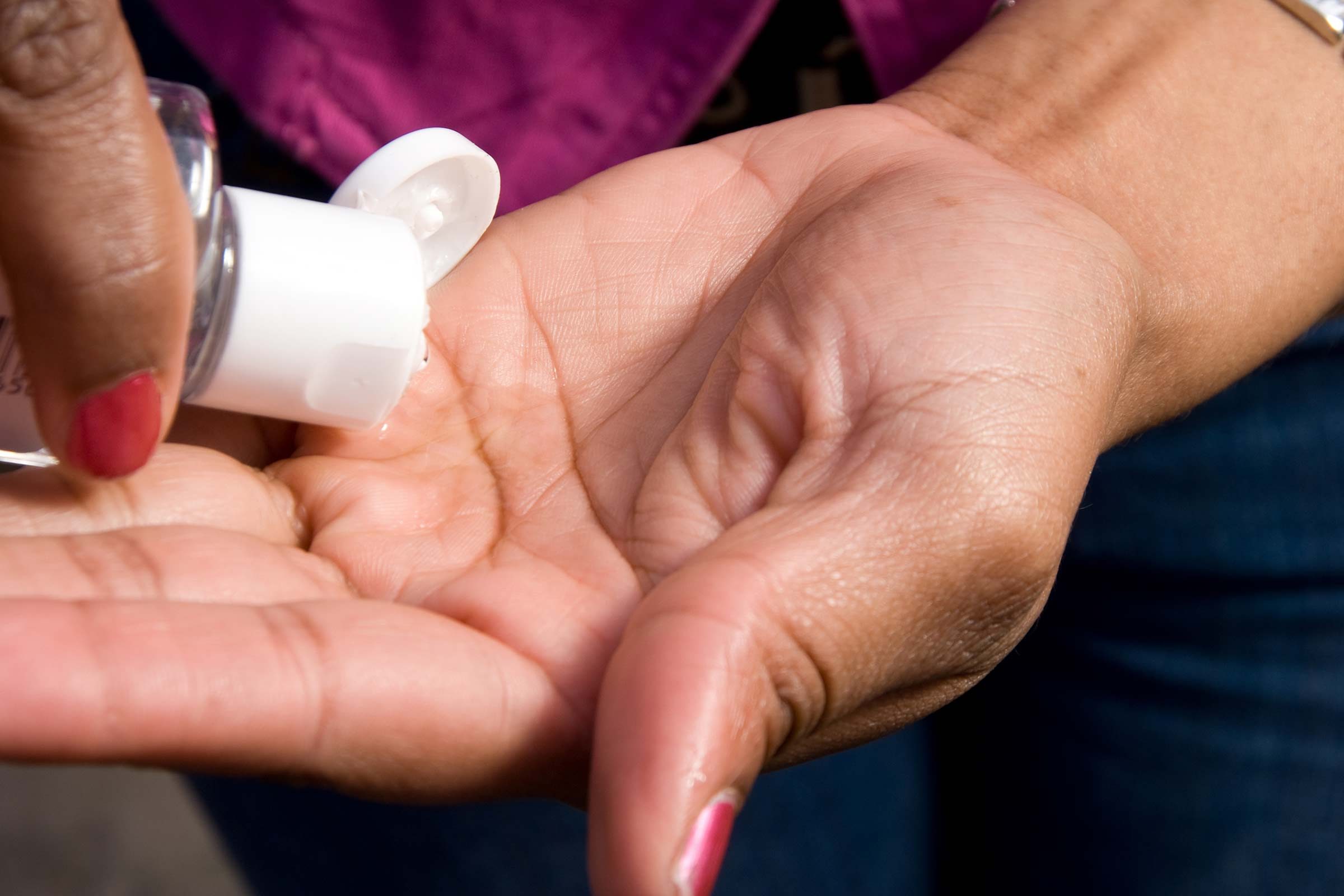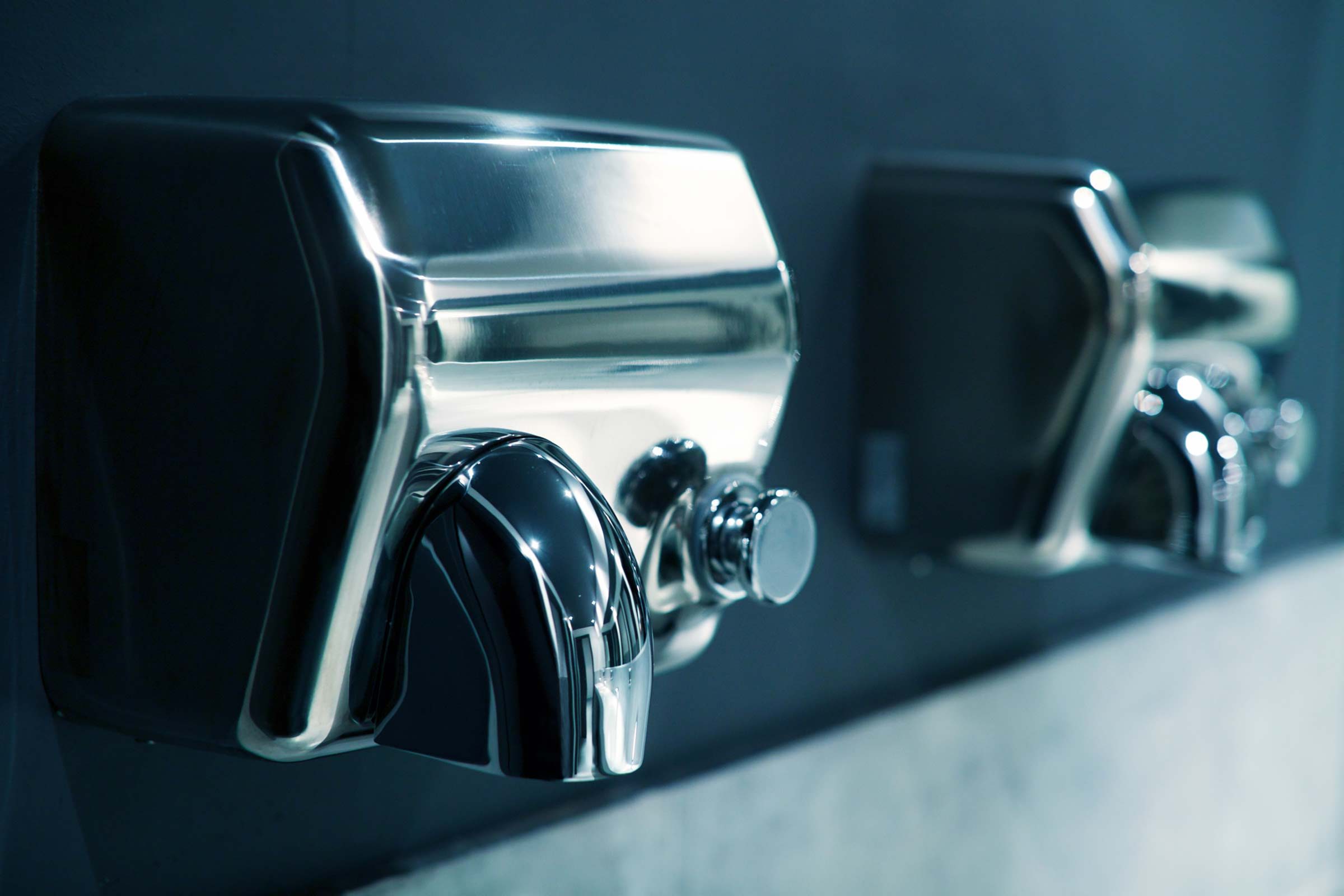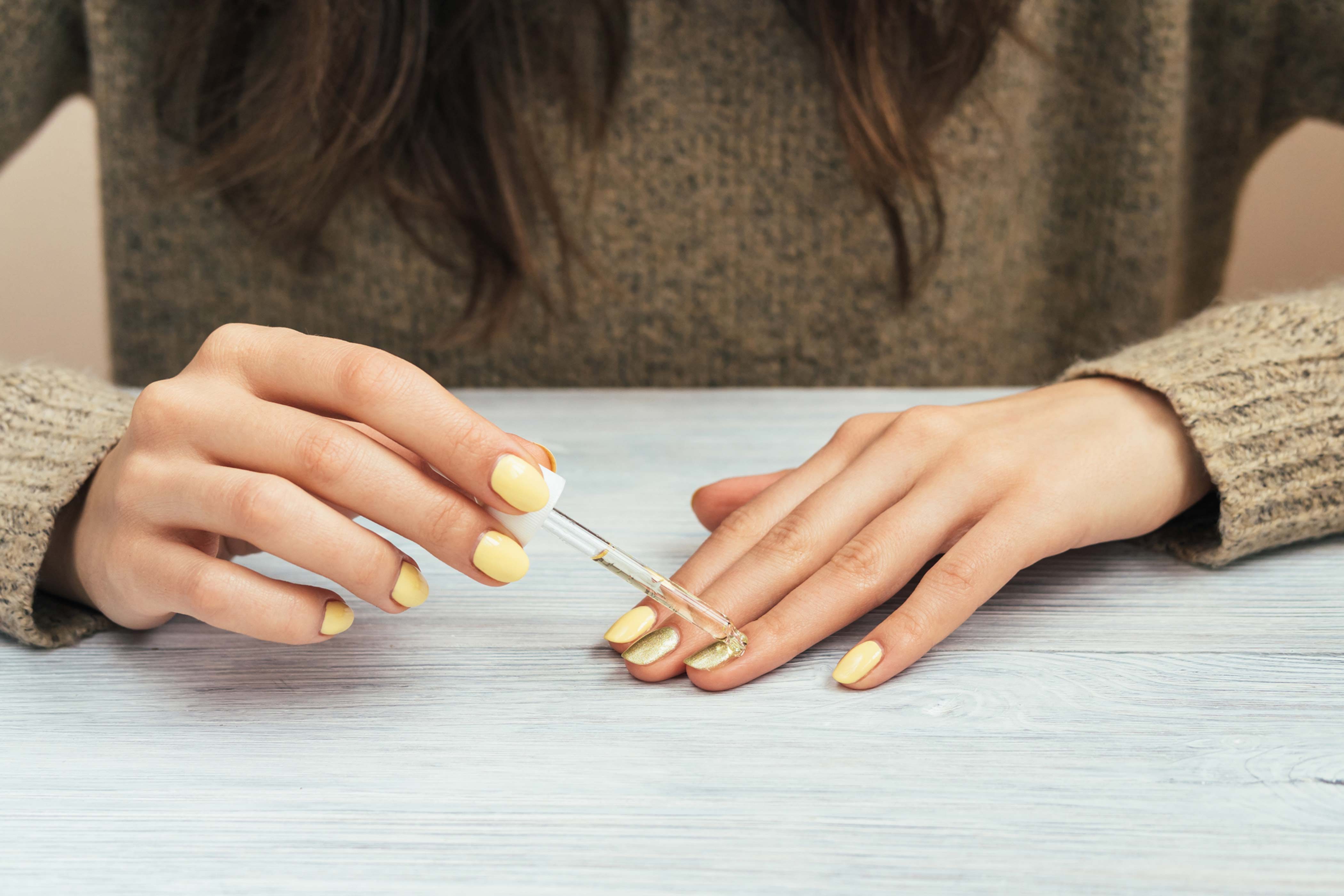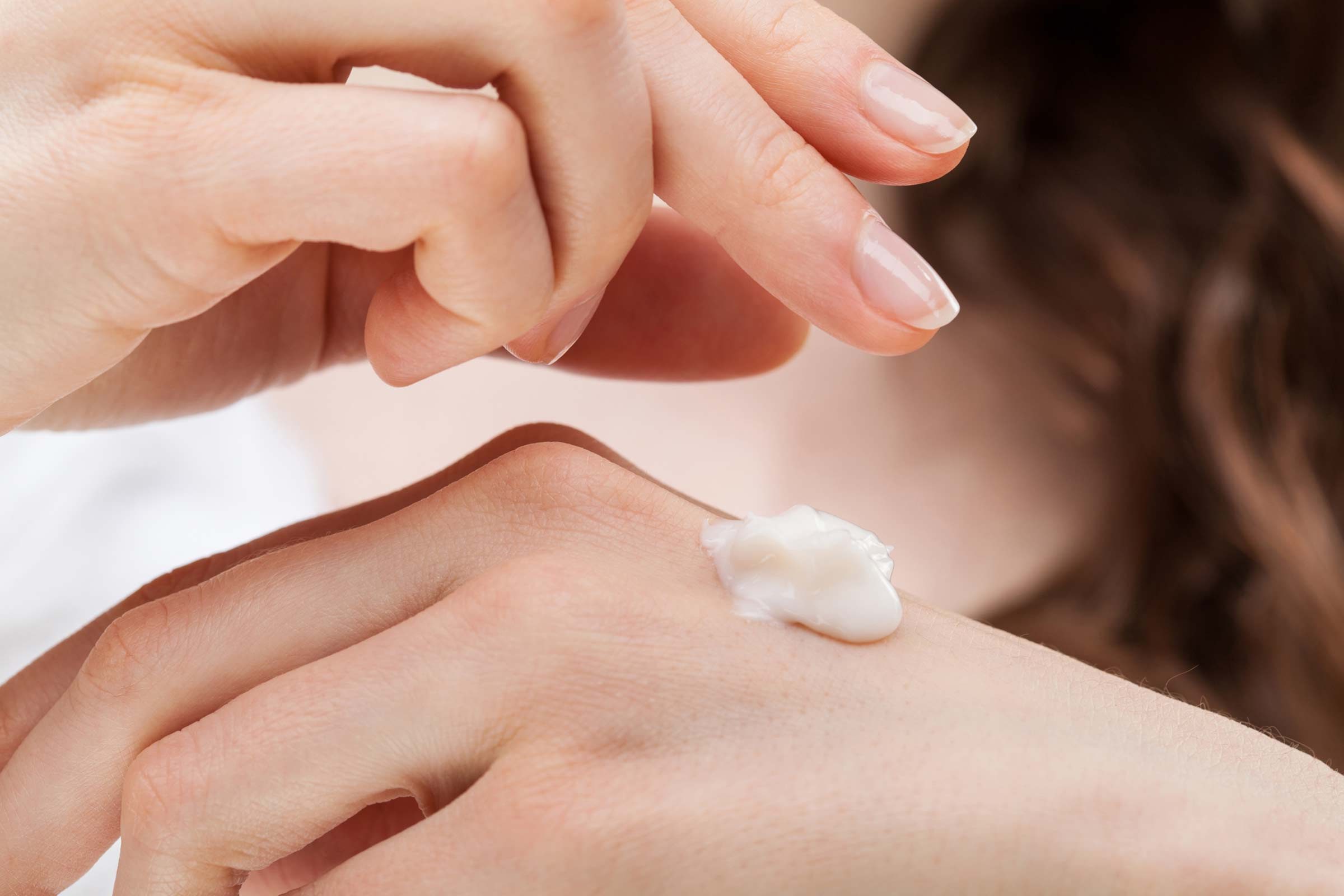Bad breath affects an estimated 25 percent of people. There are a number of possible causes of halitosis, but the vast majority come down to oral hygiene.
It is also known as halitosis or fetor oris. Halitosis can cause significant worry, embarrassment, and anxiety but it is relatively easy to remedy.
Fast facts on bad breathHere are some key points about bad breath. More detail and supporting information is in the main article.
- Bad breath is estimated to affect 1 in 4 people globally.
- The most common cause of halitosis is bad oral hygiene.
- If particles of food are left in the mouth, their breakdown by bacteria produces sulfur compounds.
- Keeping the mouth hydrated can reduce mouth odor.
- The best treatment for bad breath is regular brushing, flossing, and hydration.

What is halitosis?Although bad breath is associated with certain diseases, oral hygiene is the most common cause.Bad breath is a common problem that can cause significant psychological distress. There are a number of potential causes and treatments available.Anyone can suffer from bad breath. It is estimated that 1 in 4 people have bad breath on a regular basis.Halitosis is the third most common reason that people seek dental care, after tooth decay and gum disease.Simple home remedies and lifestyle changes, such as improved dental hygiene and quitting smoking, can often remove the issue. If bad breath persists, however, it is advisable to visit a doctor to check for underlying causes.
TreatmentThe best method to reduce halitosis is good oral hygiene. This ensures that cavities are avoided and reduces the likelihood of gum disease.It is recommended that individuals visit the dentist for a check-up and cleaning twice a year.The dentist may recommend a toothpaste that includes an antibacterial agent or an antibacterial mouthwash.Alternatively, if gum disease is present, professional cleaning may be necessary to clear out the build-up of bacteria in pockets between the gums and teeth.
CausesPotential causes of bad breath include:
Tobacco: Tobacco products cause their own types of mouth odor. Additionally, they increase the chances of gum disease which can also cause bad breath.
Food: The breakdown of food particles stuck in the teeth can cause odors. Some foods such as onions and garlic can also cause bad breath. After they are digested, their breakdown products are carried in the blood to the lungs where they can affect the breath.
Dry mouth: Saliva naturally cleans the mouth. If the mouth is naturally dry or dry due to a specific disease, such as xerostomia, odors can build up.
Dental hygiene: Brushing and flossing ensure the removal of small particles of food that can build up and slowly break down, producing odor. A film of bacteria called plaque builds up if brushing is not regular. This plaque can irritate the gums and cause inflammation between the teeth and gums called periodontitis. Dentures that are not cleaned regularly or properly can also harbor bacteria that cause halitosis.
Crash diets: Fasting and low-carbohydrate eating programs can produce halitosis. This is due to the breakdown of fats producing chemicals called ketones. These ketones have a strong aroma.
Drugs: Certain medications can reduce saliva and, therefore, increase odors. Other drugs can produce odors as they breakdown and release chemicals in the breath. Examples include nitrates used to treat angina, some chemotherapy chemicals, and some tranquilizers, such as phenothiazines. Individuals who take vitamin supplements in large doses can also be prone to bad breath.
Mouth, nose, and throat conditions: Sometimes, small, bacteria-covered stones can form on the tonsils at the back of the throat and produce odor. Also, infections or inflammation in the nose, throat, or sinuses can cause halitosis.
Foreign body: Bad breath can be caused if they have a foreign body lodged in their nasal cavity, especially in children.
Diseases: Some cancers, liver failure, and other metabolic diseases can cause halitosis, due to the specific mixes of chemicals that they produce. Gastroesophageal reflux disease (GERD) can cause bad breath due to the regular reflux of stomach acids.
Home remediesOral hygiene is the key to most bad breath issues.
Other lifestyle changes and home remedies for bad breath include:
Brush the teeth: Be sure to brush at least twice a day, preferably after each meal.
Floss: Flossing reduces the build-up of food particles and plaque from between the teeth. Brushing only cleans around 60 percent of the surface of the tooth.
Clean dentures: Anything that goes into your mouth, including dentures, a bridge, or a mouth guard, should be cleaned as recommended on a daily basis. Cleaning prevents the bacteria from building up and being transferred back into the mouth. Changing toothbrush every 2 to 3 months is also important for similar reasons.
Brush tongue: Bacteria, food, and dead cells commonly build up on the tongue, especially in smokers or those with a particularly dry mouth. A tongue scraper can sometimes be useful.
Avoid dry mouth: Drink plenty of water. Avoid alcohol and tobacco, both of which dehydrate the mouth. Chewing gum or sucking a sweet, preferably sugar-free, can help stimulate the production of saliva. If the mouth is chronically dry, a doctor may prescribe medication that stimulates the flow of saliva.
Diet: Avoid onions, garlic, and spicy food. Sugary foods are also linked to bad breath. Reduce coffee and alcohol consumption. Eating a breakfast that includes rough foods can help clean the back of the tongue.
If breath odor persists despite controlling these factors, it is recommended that an individual visits a doctor for further tests to rule out other conditions.
Info supplied by Medical News Today
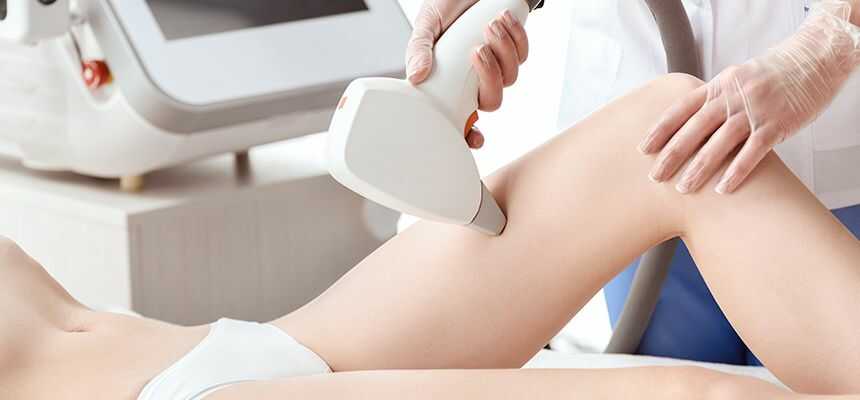 Laser hair removal is a very successful method of long-term hair reduction.
Laser hair removal is a very successful method of long-term hair reduction.